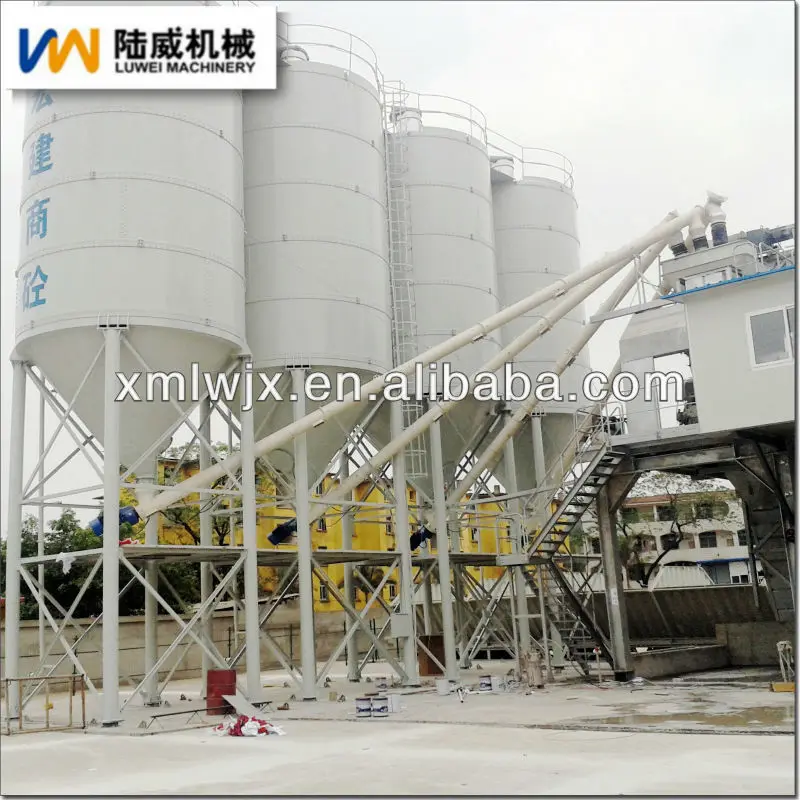

Want to learn more about stainless steel construction vs painted carbon steel construction? Read this JMS Learning Center article to learn more.īudget capital cost of a hopper with live bottom, can vary from $50,000 to over $1,000,000 depending on the size, materials of construction, and complexity of the system as defined in the project scope. Every hopper design is application specific but JMS can offer budgets based on historical experience. Large stainless steel hoppers often utilize carbon steel painted or HDG vertical columns due to the limited availability of heavy stainless I beams and their cost. They may be painted carbon steel, however the vessel is frequently stainless steel due to stainless steel prices, coating costs and handling. Rectangular or square hoppers are the most volume efficient for their footprint, but will usually cost more per cubic yard of usable volume. They may be carbon steel painted, but most frequently are stainless steel due to the economy of shop manufacture, and interior coating difficulties with a closed welded vessel.īudget pricing for this type of hopper ranges from $50,000 up to several hundred thousand dollars depending on volume requirements. Cylindrical tanks, silos, are typically used for free-flowing dried sludge and include bin activators and air locks. To examine design criteria basics for determining budgetary costs for Bio-Hoppers we have divided Bio-Hoppers and Bio-Silos into the following general categories: Cost for Silos, shop weldedĬylindrical shop welded tanks with conical bottoms are limited to shippable sizes, typically 8’ for legal truck load, often up to 10’ to 12’ when routes permit loads with more height, and rarely 14’ and larger. Project design criteria and specifications drive equipment capital costs. The lifetime or Total Cost of Ownership (TCO) of the equipmentĬapital costs are initial expenses incurred on the purchase of property, construction, and equipment to bring a project to a commercially operable status.When considering the cost of a Live Bottom Hopper or Silo for storage and delivery of Biosolids there are two important things to consider: Biosolids storage may also be utilized for thermal dried sludge downstream of dryers and greenhouses. Storage is needed for wet dewatered sludge as it is staged for bin or truck haul off, to receive material from truck delivery, or supplying regulated conveyor or pump feed to downstream processes such as Incinerators, Thermal Dryers or Thermal Hydrolysis Process. In waste water treatment applications, Biosolids Storage Hoppers and Silos that provide temporary storage, and complete Bio-Handling Systems are often required.


 0 kommentar(er)
0 kommentar(er)
